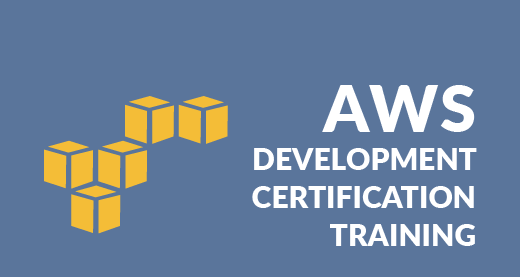What Is AWS IoT?
AWS IoT provides secure two-way communication between actuators, embedded microcontrollers, sensors, or devices connected to the Internet, smart devices and the AWS Cloud. This allows you to collect, store and analyze data telemetry data from multiple devices. Users can also create an application that allows you to control those devices on your phone or tablet.
AWS IoT modules:
DeviceGateway
The device can be securely connect with AWS IoT and communicate effectively.
MessageBroker
Provides a secure mechanism for device and AWS IoT applications to post and receive messages between each other. Use the MQTT protocol directly, or can be published and registered with the MQTT via WebSocket. You can post using HTTP REST interface.
RulesEngine
It provides integration with message processing and other AWS services. You can use the SQL-based language to select data from the message payload and then process and send the data to other services, such as Amazon S3, Amazon DynamoDB, and AWS Lambda. You can also use the message broker to post a message back to other subscribers.
Security&Identity Service
Share the security responsibility of the AWS cloud. The device should be stored credentials securely to send secure data to the message broker. The message broker and the rules engine will securely transmit data using the AWS security devices or to other AWS services.
Registry
Configure the resources associated with each device in the AWS Cloud. Register your device and associate up to three custom properties with each one. By associating the certificates and MQTT client ID and each device can improve the management and problem solving skills
GroupRegistry
Using groups to categorize multiple devices can be managed together as a group. Groups can also contain the group. You can create a hierarchy of groups. All operations performed by a parent group are also applied to the corresponding child groups. The permissions granted to the group are applied to all devices in the group and any child groups.
DeviceShadow
JSON is a document used to store the current status information of the device and search.
DeviceShadow Service
Providing continuous representation of the device in the AWS Cloud. To publish an updated status information to the shadow of the device and the device can be synchronized with the state when it is connected. Also, the device can publish the current state to be used in the application or other device to the shadows.
DeviceProvisioning Service
Using the template (objects, certificates, and more than one policy) that describes the resources required by the device can be provisioned devices. It is the entry in the registry that contains properties that describe the device. The device uses the certificate to authenticate with AWS IoT. The tasks that the device can perform in the AWS IoT is based on the policy.
Template contains variables that are replaced by the value of the dictionary (map). Using the same template, you can pass a different value for the variable in the template prior to provision multiple devices.

CustomAuthentication Service
Using a custom authentication service and lambda (Lambda) feature allows you to define a custom authorization group can manage their authentication and authorization strategy. Using the program, you are granted custom permissions AWS IoT can authenticate the device using the weapon token authentication and authorization strategies certification tasks.
User-defined permissions granted certification program various strategies: You must return the policy document used by the gateway device, to give and to implement (eg JSON Web Token verification, OAuth provider callout, etc.), the rights MQTT operation.
Jobs Service
You can define a set of remote operations are executed to send to one or more devices connected to the AWS IoT. For example, you can define actions to download and install application and firmware updates to a set of devices, reboot, instruct the user to rotate certificates, or perform remote troubleshooting tasks.
Specify a list of goals you need to perform and explain them to the remote operation to be performed to create a job. The destination can be the individual devices, groups, or both.
Thanks For being here

Comments
Post a Comment